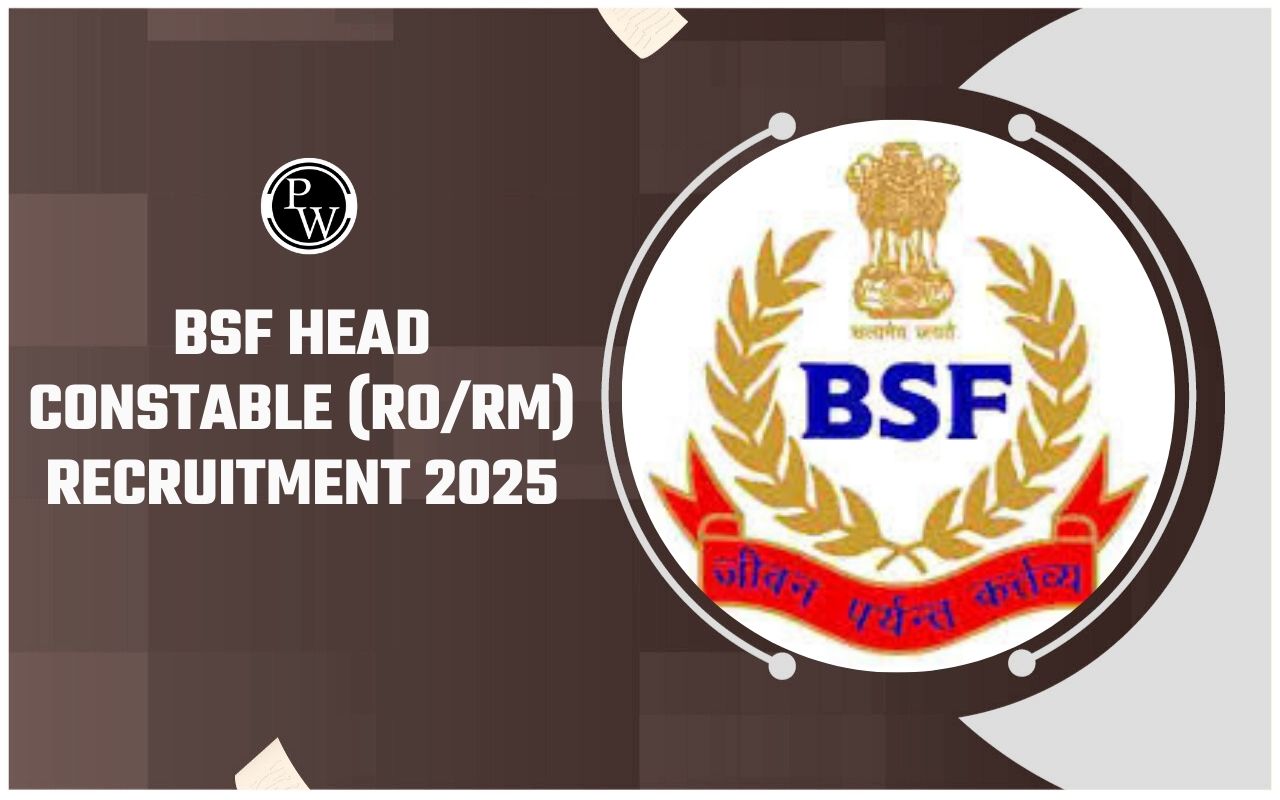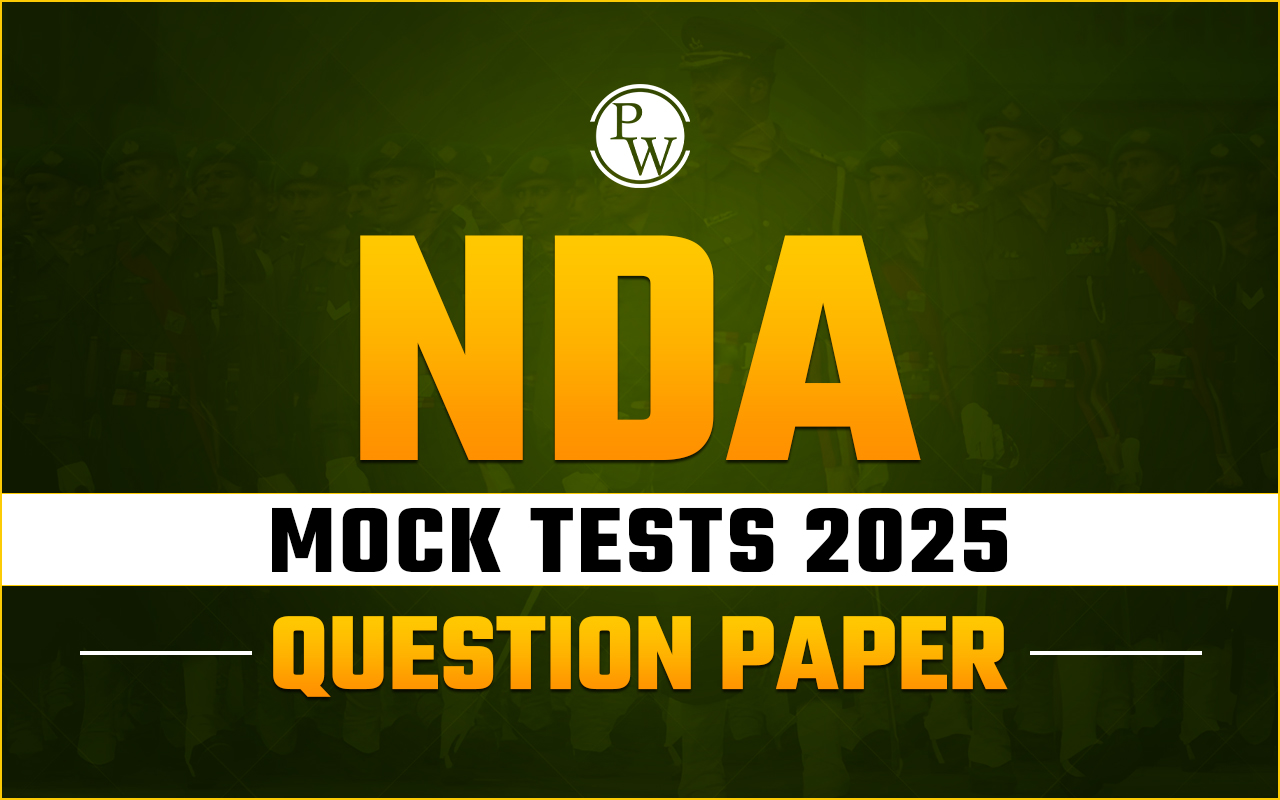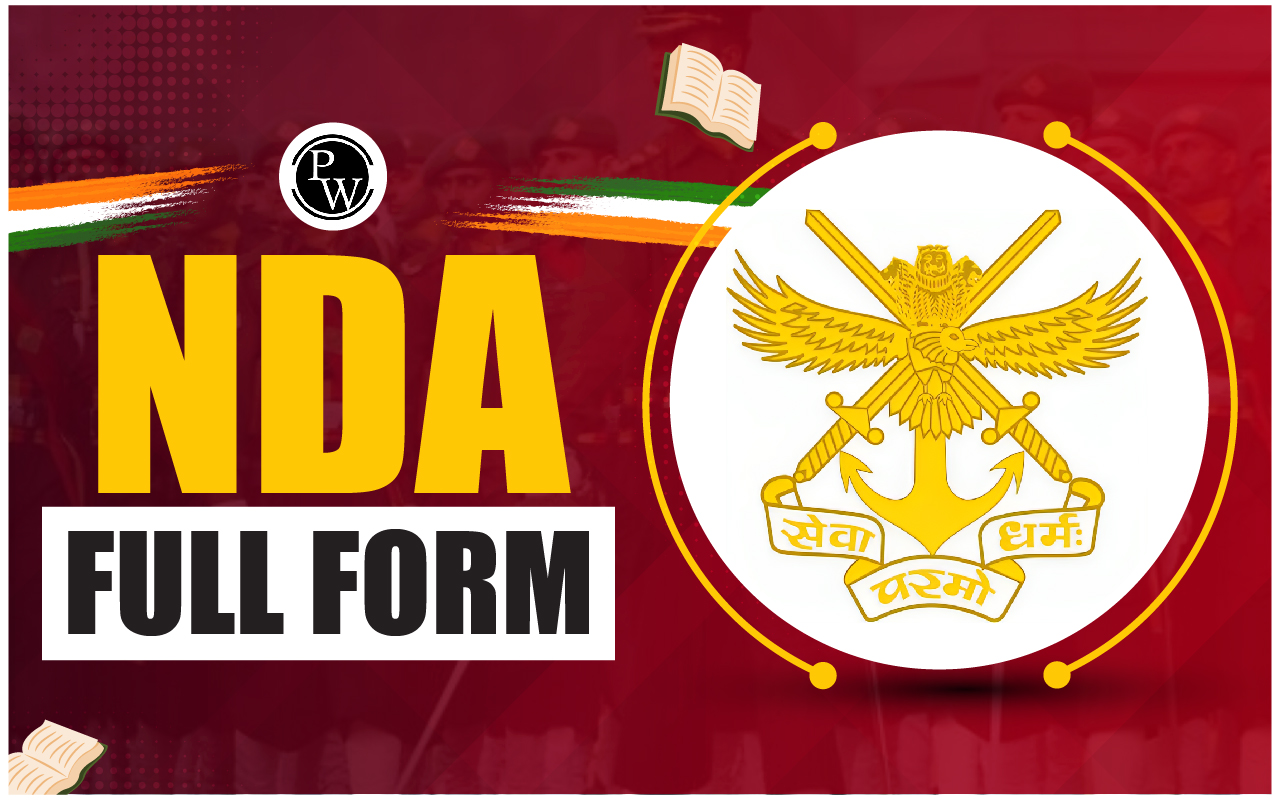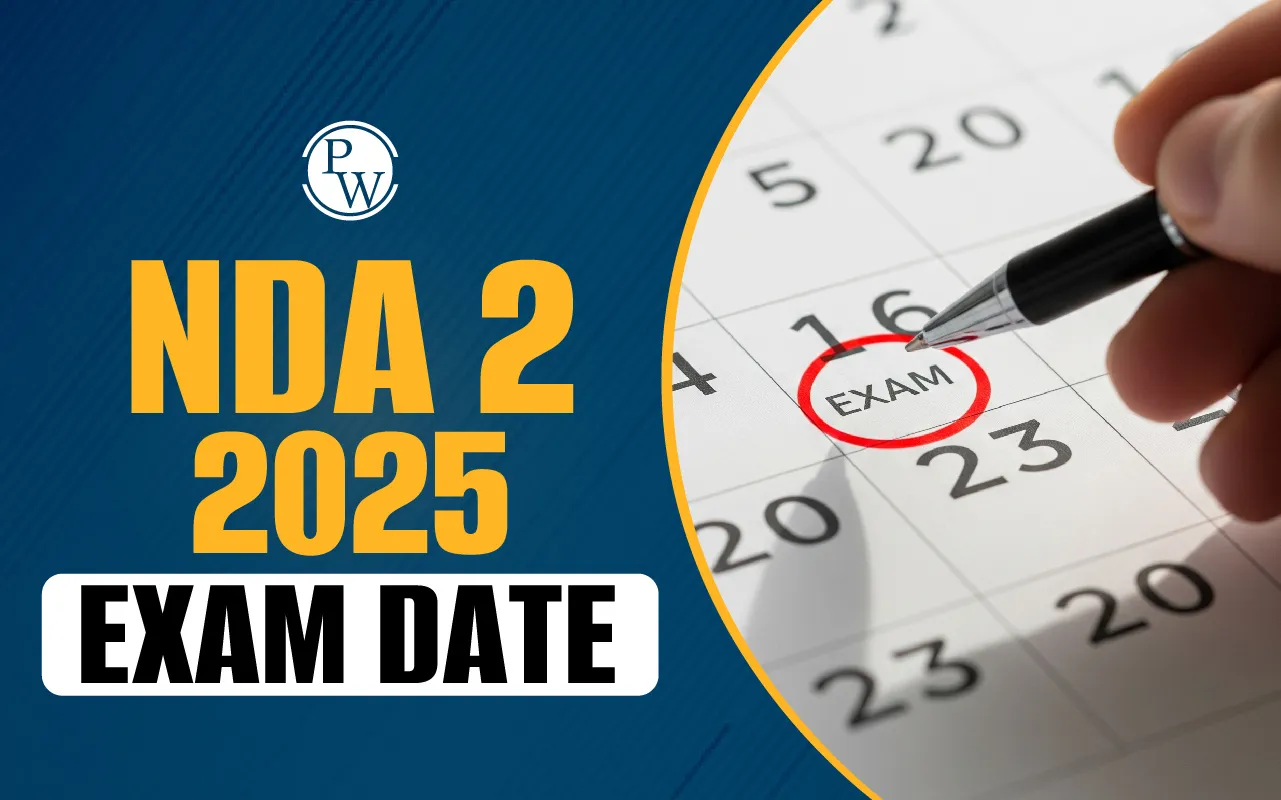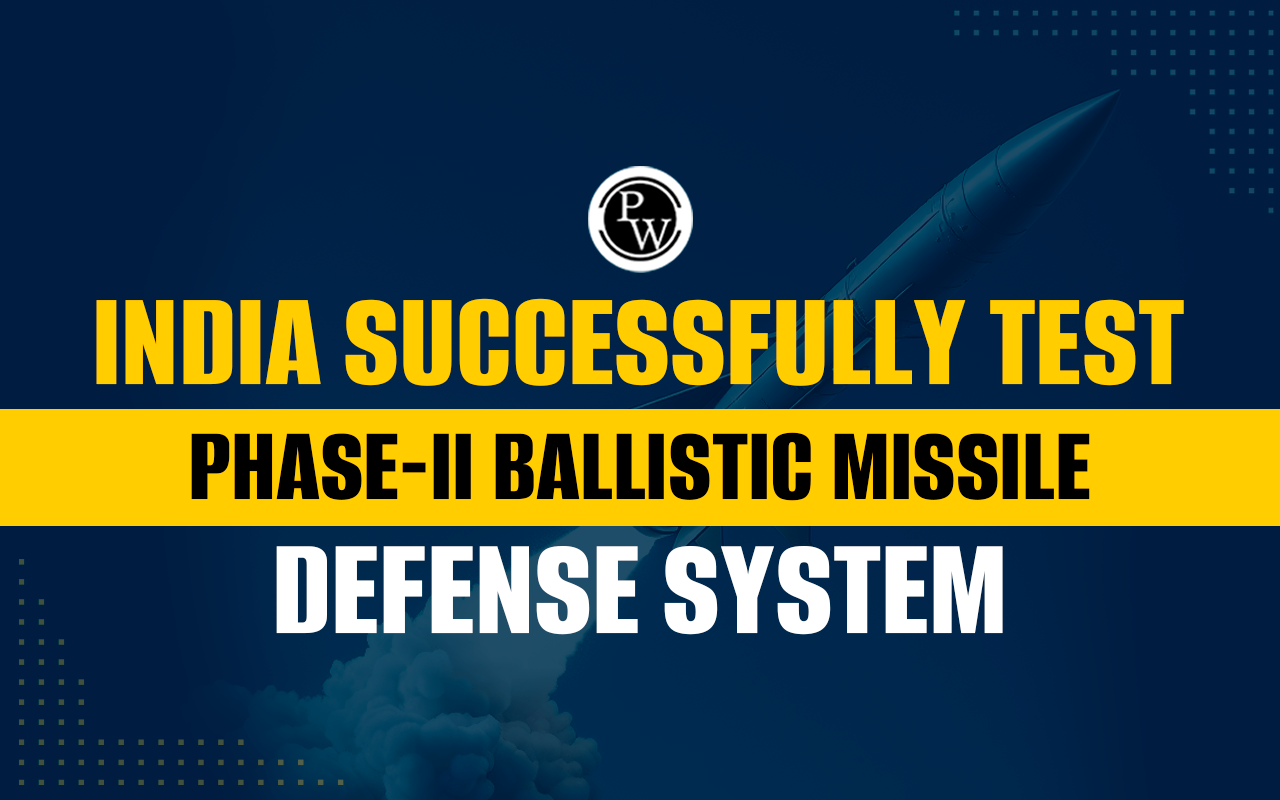
India Successfully Tests Phase-II Ballistic Missile Defense System: India has achieved a significant milestone in its defence capabilities with the successful flight test of the Phase-II Ballistic Missile Defence (BMD) system. Conducted by the Defence Research and Development Organisation (DRDO) on 24th July 2024, the test highlights India's advanced indigenous technologies to defend against hostile missiles with a range of up to 5,000 km. This achievement not only demonstrates India's robust missile defence capabilities but also highlights the country's commitment to enhancing national security through indigenous innovation.
What is the Phase-II Ballistic Missile Defence System?
The Phase-II Ballistic Missile Defence (BMD) System is an advanced and indigenously developed defence mechanism designed to detect, track, and neutralize incoming ballistic missiles. This system represents a significant leap in India's missile defence capabilities, offering robust protection against various missile threats within the endo- to low exo-atmospheric regions. Its features include:--
Detection and Tracking:
- It is equipped with state-of-the-art long-range sensors and radars deployed on land and sea.
- Capable of detecting and tracking incoming missiles from a distance, ensuring early warning and response.
-
Interceptor Missiles:
- Utilizes advanced Air Defence (AD) interceptor missiles.
- The Phase-II AD Endo-atmospheric missile is a two-stage, solid-propelled, ground-launched system designed to neutralize enemy ballistic missiles within the Earth's atmosphere.
-
Network-Centric Warfare System:
- Integrates a comprehensive network-centric warfare system, which includes long-range sensors, low-latency communication systems, and the Mission Control Centre (MCC).
- This integration ensures seamless coordination and rapid response to missile threats.
-
Indigenous Technologies:
- Incorporates several cutting-edge technologies developed by various Defence Research and Development Organisation (DRDO) laboratories.
- Reflects India's commitment to self-reliance in defence technology and innovation.
-
Testing and Validation:
- The system has undergone rigorous testing, including successful flight tests at the Integrated Test Range (ITR) in Chandipur, Odisha.
- These tests validate the system's effectiveness in real-world scenarios, ensuring its readiness for operational deployment.
-
Operational Readiness:
- The BMD system enhances India's ability to defend against a wide range of missile threats, contributing to national security and regional stability.
- It is designed to operate in a highly coordinated manner, integrating data from various sensors and communication networks to provide a comprehensive defence shield.
Phase-II Ballistic Missile Defence System Test
The flight test was carried out at the Integrated Test Range (ITR) in Chandipur, Odisha. According to the Defence Ministry, the test met all its trial objectives, effectively validating the complete network-centric warfare weapon system. This sophisticated system includes long-range sensors, a low-latency communication network, a Mission Control Centre (MCC), and advanced interceptor missiles.Advanced Detection and Interception Capabilities: The target missile, simulating an adversary's ballistic missile, was detected by the BMD system's radars deployed both on land and sea. These radars activated the Air Defence (AD) interceptor system, which successfully neutralized the threat. The Phase-II AD Endo-atmospheric missile was launched from LC-III and met all objectives, showcasing the system's ability to intercept and destroy ballistic missiles within the endo- to low exo-atmospheric regions.
Indigenous Technological Innovations: The Phase-II AD Endo-atmospheric missile is a two-stage, solid-propelled, ground-launched system. It incorporates several state-of-the-art technologies developed by various DRDO laboratories. The missile's performance was monitored through flight data captured by range-tracking instruments positioned at multiple locations, including onboard ships. This successful test validates the indigenous development of critical defence technologies, reinforcing India's self-reliance in defence production.
Statements from Defence Officials on Phase-II Ballistic Missile Defence System Test
Following the successful test, Defence Minister Rajnath Singh praised the DRDO for its hard work and dedication. He stated, "This achievement underscores India's capability in missile defence and enhances our readiness to counter potential threats." Dr. Samir V. Kamat, Secretary of the Department of Defence R&D and Chairman of DRDO, also congratulated the team, highlighting the significance of the test in demonstrating India's advanced defence capabilities.Future Directions and Collaboration
The DRDO continues to focus on deep tech areas such as artificial intelligence, robotics, cyber security, unmanned systems, and advanced materials. Collaborations with the private sector, MSMEs, and academia aim to foster rapid innovation and enhance defence capabilities. The Technology Development Fund (TDF) scheme encourages private industry participation, particularly start-ups and MSMEs, to create an ecosystem that promotes 'Atma Nirbhar Bharat' (self-reliant India) in defence.
India Successfully Tests Phase-II Ballistic Missile Defense System FAQs
Q1: What is the Phase-II Ballistic Missile Defence System?
Q2: Who developed the Phase-II Ballistic Missile Defence System?
Q3: Where was the Phase-II Ballistic Missile Defence System tested?
Q4: What capabilities does the Phase-II Ballistic Missile Defence System have?
Q5: How does the Phase-II Ballistic Missile Defence System detect incoming threats?




